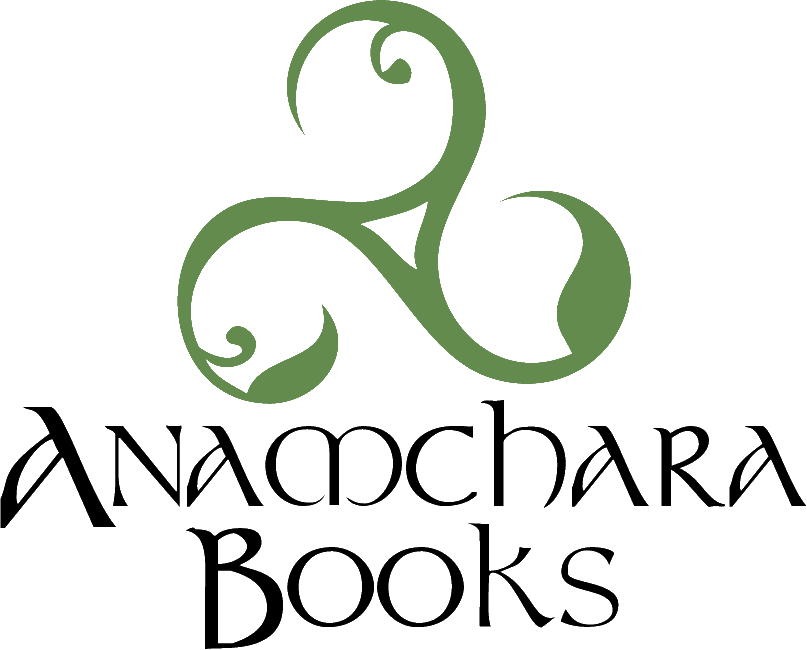Best Wishes at Samhain! by Bill Palmer
/It seems simple enough. “Hallowe’en” (and I’ll use the traditional spelling here) is a contraction of “All Hallows Eve.” It is the evening before “All Hallows Day” (hallow meaning holy) which is ye olde English name for All Saints Day, the first of November, when the holy dead in Heaven are commemorated by the Church. Hallowe’en begins a short cycle of Holy Days which ends on November second with prayers for the not-so-holy dead, the poor souls in Purgatory as my Irish grandmother referred to them, on All Souls Day. Thus I was taught by the Sisters of Saint Dominic in my suburban parochial school fifty years ago. Hallowe’en was Catholic. It was, even better; it was Irish Catholic!
Read More




